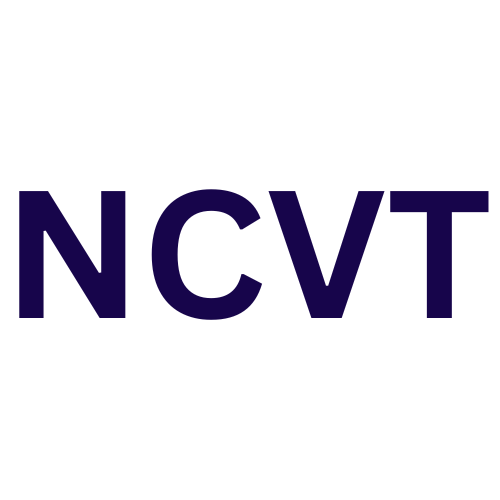DC drives and DC motor controls are integral components in industrial automation systems, providing precise control over the speed, torque, and direction of DC motors. They are widely used in various applications where accurate and efficient motor control is required. Here’s an overview of DC drives and motor controls:
### Components of a DC Drive System
1. **DC Motor:**
– **Types:** Brushed DC motors and Brushless DC (BLDC) motors.
– **Construction:** Consists of a rotor (armature), stator (field winding or magnets), and commutator.
– **Function:** Converts electrical energy into mechanical motion.
2. **DC Drive:**
– **Function:** Converts AC power supply to controlled DC voltage and current to regulate the speed and torque of the DC motor.
– **Components:** Rectifier, chopper (or converter), and control unit.
– **Types:** Armature-controlled (rheostatic), Field-controlled (flux control), and Four-quadrant drives (regenerative braking).
3. **Control Unit:**
– Executes control algorithms to regulate the output voltage and current of the DC drive.
– Accepts input signals from various sources, such as speed reference signals, feedback signals from sensors, and external control commands.
4. **Feedback Devices:**
– **Types:** Tachometers, encoders, and resolvers.
– Provide feedback on motor speed, position, and direction to the control unit for closed-loop control.
### How DC Drive Systems Work
1. **Power Conversion:**
– The rectifier converts AC input power to DC.
– The chopper (or converter) regulates the DC voltage and current to control motor speed and torque.
2. **Control Algorithms:**
– The control unit processes input signals and feedback from sensors to adjust the output voltage and current.
– Closed-loop control algorithms maintain desired speed and torque, compensating for variations and disturbances.
3. **Motor Operation:**
– The regulated DC power drives the DC motor, controlling its speed and torque according to the control signals.
### Types of DC Motor Control
1. **Armature Control:**
– Controls motor speed by adjusting the voltage applied to the armature.
– Simple and cost-effective, suitable for applications requiring variable speed control.
2. **Field Control:**
– Regulates motor speed by varying the field current or flux.
– Provides better speed regulation and efficiency at the expense of more complex control circuits.
3. **Four-Quadrant Control:**
– Allows bidirectional control of motor speed and torque, including regenerative braking.
– Suitable for applications requiring rapid acceleration, deceleration, and reversible motion.
### Applications of DC Drives and Motors
– **Steel Mills:** Rolling mills, extruders, and metal forming.
– **Paper and Textile Industry:** Printing presses, paper machines, and textile machinery.
– **Crane and Hoist Systems:** Material handling, overhead cranes, and elevators.
– **Machine Tools:** Lathes, milling machines, and grinding machines.
– **Automotive Industry:** Conveyors, fans, and pumps in assembly lines.
– **Marine Applications:** Winches, propulsion systems, and deck machinery.
### Benefits of DC Drives and Motor Controls
1. **Precise Speed Control:**
– Provides accurate and responsive speed regulation over a wide range.
2. **High Torque at Low Speeds:**
– Generates high torque at low speeds, suitable for heavy-duty applications.
3. **Bidirectional Control:**
– Allows reversible motion and regenerative braking for energy efficiency.
4. **Simple Construction:**
– Relatively simple mechanical and electrical design, easy to maintain.
5. **Proven Technology:**
– Well-established technology with extensive industry experience and support.
### Popular DC Drive and Motor Manufacturers
1. **ABB:**
– Offers DCS800 and DCS550 series DC drives, known for their reliability and performance.
2. **Siemens:**
– Provides SIMOREG and SIMOVERT DC drives, offering advanced control features and flexibility.
3. **Parker Hannifin:**
– Offers the DC590+ series DC drives, recognized for their robustness and versatility.
4. **Emerson (Control Techniques):**
– Provides Mentor MP and Quantum MP series DC drives, known for their high performance and reliability.
5. **Schneider Electric:**
– Offers the Altivar 31C and Altivar 312 series DC drives, providing cost-effective solutions with advanced features.
6. **Danfoss:**
– Provides the VLT 6000 and VLT 8000 series DC drives, offering high efficiency and precise control.
7. **Fuji Electric:**
– Offers the FRENIC-MEGA and FRENIC-HVAC series DC drives, known for their energy-saving features and reliability.
### Key Considerations When Choosing DC Drives and Motor Controls
1. **Application Requirements:**
– Determine the specific needs such as speed range, torque, and control precision.
2. **Motor Type:**
– Choose between brushed DC motors and brushless DC motors based on application requirements and environmental conditions.
3. **Control Method:**
– Select the appropriate control method (armature control, field control) based on speed and torque requirements.
4. **Feedback Devices:**
– Choose the appropriate feedback device (encoder, tachometer) for accurate speed and position control.
5. **Integration:**
– Ensure compatibility with existing control systems, communication protocols, and field devices.
6. **Environmental Conditions:**
– Consider factors like temperature, humidity, and vibration levels for reliable operation.
7. **Support and Service:**
– Evaluate the availability of technical support, maintenance services, and spare parts from the manufacturer.
DC drives and motor controls play a vital role in various industrial applications, providing precise and efficient control over motor speed and torque. Their versatility, reliability, and robustness make them suitable for a wide range of applications across diverse industries.
